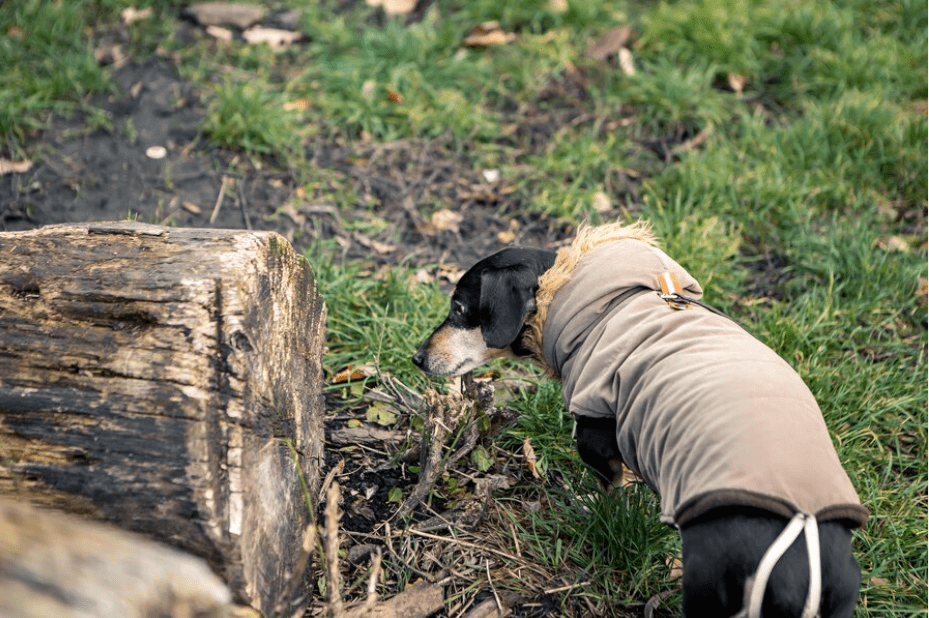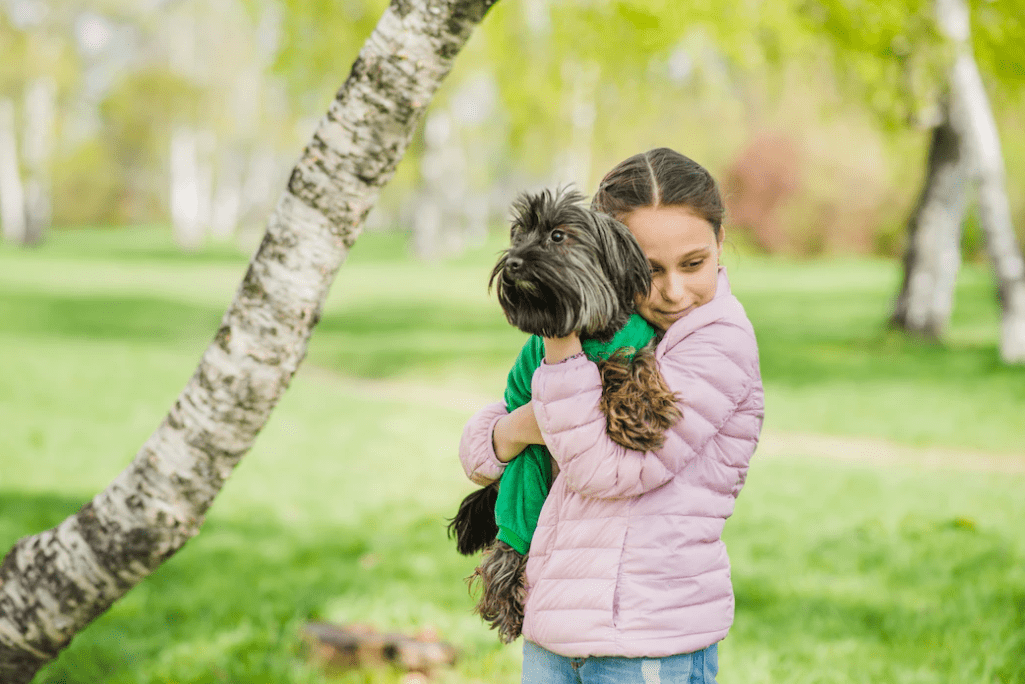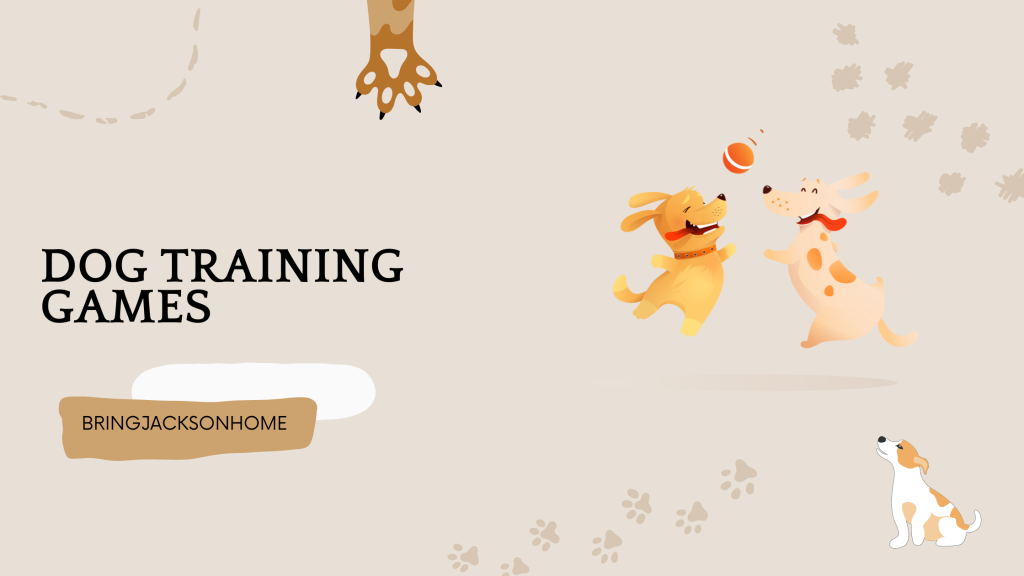This post contains affiliate links, we'll earn compensation if you make a purchase using them at no additional cost to you 😊
How To Find A Lost Dog? A dog going missing could be heartbreaking for their owners as we think of dogs as our family members. We become desperate to get the dog back anyhow.
There are ways to find a lost dog legally, like filing a missing complaint or getting authorized help. But these things may take time.
But don’t panic; there are quicker ways to find a lost dog till legal help takes action.
Take basic approaches like checking your home & surroundings, tracking via devices, spreading flyers in nearby areas, and social media along with the last spot the dog was seen. Plus, the ways to prevent your dog from running away and the devices to help you with pet parenting.
93% of dogs get back home by using these approaches, according to the research. Let’s hope you find your dog safe & sound if you ever lose him.
So let’s get into the details so you can take necessary actions as per your need.
Ways To Find A Lost Dog
Dog owners like us live through one fear constantly. What to do if our dog runs away, and how do we quickly find it before it’s harmed? It is a terrifying experience for you and your dog.

However, you must start your hunt the right way to increase the chances of getting them back. And do not panic; you can get your lost dog back by using these simple and quick ways.
1. Check your home first
The first thing to do in this situation is to look into your own house, yard, and surrounding area of your house. Dogs tend to hide in comfortable places where they feel safe.
You can check inside places like a closet, basement, garage, yard, etc. You never know if the dog is in trouble or stuck somewhere.
To persuade the dog, you can call out its name and offer its favorite treats and toys to play with. Plus, you can spread a piece of cloth or other things to smell the dog is familiar with.
2. Check the neighborhood and the area where it was lost
Looking at the close surrounding of your house might be helpful if the dog is familiar with the area.
You can ask neighbours to help you search the area, ask around, or else you can check where it was seen the last time. Sometimes dogs get distracted while playing or run after distraction.
Searching as much longer a radius as possible will help you cover more area and increase the chance of finding them.
3. Verify if your dog’s microchip information is updated (if your dog is microchipped)
Now, this option depends on whether your dog has been microchipped.
But, if it has a microchip, your dog can be found by scanning the code on the chip in case someone brings it to a vet or a shelter. Also, you can track the dog if the chip is connected to tracking software.
Plus, you can add your contact details to the chip’s databases.
4. Spread flyers in nearby areas with your dog’s picture & details
Spread flyers nearby or in a longer radius, including the following points:
- The dog’s detailed features.
- A clear current picture.
- Last seen location.
- Contacting ways through the dog’s GPS tracker or microchip.
- Attractive rewards.
5. Spread the word on social media
Spreading the word on social media is the fasted way to letting people know about your dog being lost.
You can share a digital flyer on all your social media handles to let a maximum number of people know about the situation.
Moreover, Social media sharing gives you the extra option of sharing multiple photos of your dog with people. This way, the chances of your dog being seen by someone you know increase.
6. Check your dog’s favorite spots where he feels safe
This option comes right from my personal experience. Most dogs have their fixed, cozy spots where they feel safe. They hide in the spot if they’re scared of something, anxious, or want to cozy up.
This spot can be anywhere in your house or in the surroundings. You need to look into the right spots and know them well.
How To Make Sure Your Dog Is Not Lost

Overview
It has always been said that “precaution is better than cure.” but how? That is the ultimate question.
Making sure your dog doesn’t get lost in the first place is better than looking for ways to get it back after losing. There are solutions to prevent your dog from getting lost, which are pretty compelling. Let’s get into them.
1. Train them well.
Training your dog is a vital decision to take for your dog’s well-being. It works as a support to your dog’s parenting to groom your dog.
You can hire a professional dog trainer or train the dog yourself if you have the ability. Training your dog makes you understand its traits easily. That results in your dog being at peace and around you all the time.
2. Keep your dog’s leash and other accessories in check.
It will be trouble if your dog’s leash and controlling accessories are damaged or not in good condition. It may result in your dog getting out of the leash and out of your control.
The leash and other accessories, like the devices connected to the dog. That includes its microchip or GPS tracker collar, which should be updated and in check regularly.
3. Keep the dog on a leash if it runs away often.
Like some of you, I’m also not a big fan of always keeping my dog on a leash. But if your dog is stubborn and gets excited quickly, it is necessary to do so.
If the dog is on a leash outdoors, it keeps the dog from mischief. Moreover, it helps if your dog runs away often and needs to be kept in one place.
4. Keep an eye on your dog when they are outdoors.
Being aware of your dog’s whereabouts when it’s playing outdoors is essential. It will only be beneficial to take precautions.
Dogs are often distracted by outdoor hazards, and they try chasing them. To prevent that from happening, Keep an eye on your dog when he is not around you in the same space.
5. Make your dog wear trackable devices.
Ensuring your dog wears its trackable devices is the owner’s responsibility. These devices are essential to finding your dog quickly if lost.
It’s the owner’s choice, but investing in a microchip or a GPS tracker for your dog is helpful. This primarily applies to dog owners who have busy schedules and can’t keep an eye on their dogs.
Devices That Can Be Used To Keep Your Dog Safe
Taking assistance from pet-safety devices is helpful to have control of your dogs even when you are away.

The modern technology of pet tracking devices has made it easier to monitor your dogs closely. From their activity tracker to tracking their whereabouts from GPS tracker, many new devices are available in the market.
Although not all devices are necessary, a few essential ones you can buy are given below.
1. Activity monitors.
Activity monitors are generally operated from a smartphone. This activity monitor is the same as a human fitness tracking app.
It has features like a heart rate counter, calorie counter, sleep tracker, temperature checker, and other physical activity tracking. Also, they have built-in GPS tracker features.
It’s helpful for dog owners to keep track of their dog’s health and physical conditions. But it’s recommended by experts to get in touch with the dog’s vet now and then for check-ups.
2. Microchips.
Microchips contain the registration number and contact of the chip registry or owner in a code. You can see this information when you scan that code from a handheld scanner.
Anyone who finds the dog can scan the code to connect with the chip registry & can get the owner’s contact information.
3. GPS trackers.
The mobile application which operates the GPS tracker interprets the dog’s GPS coordinates and then shows your dog’s location on the map.
GPS tracker allows you to track the dog in the present time right away. So you can find your dog’s location in a few seconds with a GPS tracker.
4. Dog collar Camera.
A dog collar camera is usually attached to the dog’s neck collar or vest harness. It works best to watch your dog in your absence as surveillance.
The camera records videos and pictures when the dog starts moving around. Owners can check these recordings later after coming home.
5. LED pet collars.
A LED pet collar works best to find your dog in dark or darker places. It can be worn as a neck collar. It is most helpful for dogs who like taking night strolls.
These LED pet collars work on tiny batteries or heat and are easily rechargeable via USB.
6. Invisible fences.
Invisible fences work best to keep your dog safe within the perimeter of your yard. It also prevents them from harming others or themselves.
These invisible fence wires are buried underground by laying down fences per your yard dimensions.
How To Find A Lost Dog With A Microchip
Here are some tips that you can try:
1. Notify local animal shelters
Contact all local animal shelters in your area and surrounding areas to report your lost dog. Provide them with your pet’s microchip number, a recent photo of your dog, and any identifying characteristics or behavioral traits.
2. Post flyers and online alerts
Create and distribute flyers with your dog’s photo and contact information, and post them in high-traffic areas in your neighborhood. Also, post alerts on social media platforms and community websites to reach a wider audience.
3. Use lost dog search websites
There are several lost dog search websites that can help you find your lost pet, such as Fido Finder and Lost Dogs of America. Check these sites regularly and update your pet’s information as needed.
4. Check with local veterinarians
Contact local veterinarians to see if anyone has brought in your lost dog. Provide them with your pet’s microchip number and photo. For more details, Click here.
What to do if you find a lost dog?
In contrast to losing your dog, what if you find a lost dog? In such a scenario, here are a few things you can do:
- Take a picture of the dog you have found and share it on your social handles with the dog’s description and the location where you found the dog.
- Use a calmer approach to interact with the dog and ask the dog politely to come near you. You offer a treat to your dog additionally.
- Don’t run after a dog you found as lost.
- Contact an animal rescue shelter if the dog is aggressive and hard to approach. Also, providing a place to keep the dog until its owner is found will be helpful.
- Offer the dog plenty of water and enough food, as you never know how long the dog has not eaten and has water.
- Spread posters of the found dog in your neighborhood and the area you found the dog.
- Check if the dog is wearing any collar with a nametag or tracking collar, or has a microchip installed.
Related Reads:
- What to Do When You Find a Lost Dog?
- How To Use A Dog Training Collar
- How To Use A Dog Training Collar
Wrapping Up!
I hope you have grasped all the above information and can find your dog quickly when lost. Also, I’m sure that you will take better precautions to prevent your dog from running away.
And hopefully, you have already added the proper devices to your shopping list to keep an eye on your naughty dog.
Because everyone knows how painful it can be to lose your dog, but as mentioned above, using ways like checking the neighborhood, GPS tracking, or sending out flyers nearby or on social media will quickly find your dog.
These are the best possible approaches to finding a lost dog.
On this note, I hope that this information was helpful to you. If it was, then leave us feedback in the comments below. Ciao!
FAQs
Whenever dogs feel overwhelming emotions like fear, anxiety, boredom, mating instincts, and prey drives, they feel like running away.
According to research, ‘labradors’ are the most like runaway dogs compared to others.
Generally, when dogs get scared, they tend to hide under a bed, a table, or some cozy place.
Yes, absolutely. Dogs are gifted with unreal superpowers which allow them to sense all kinds of human emotions.


